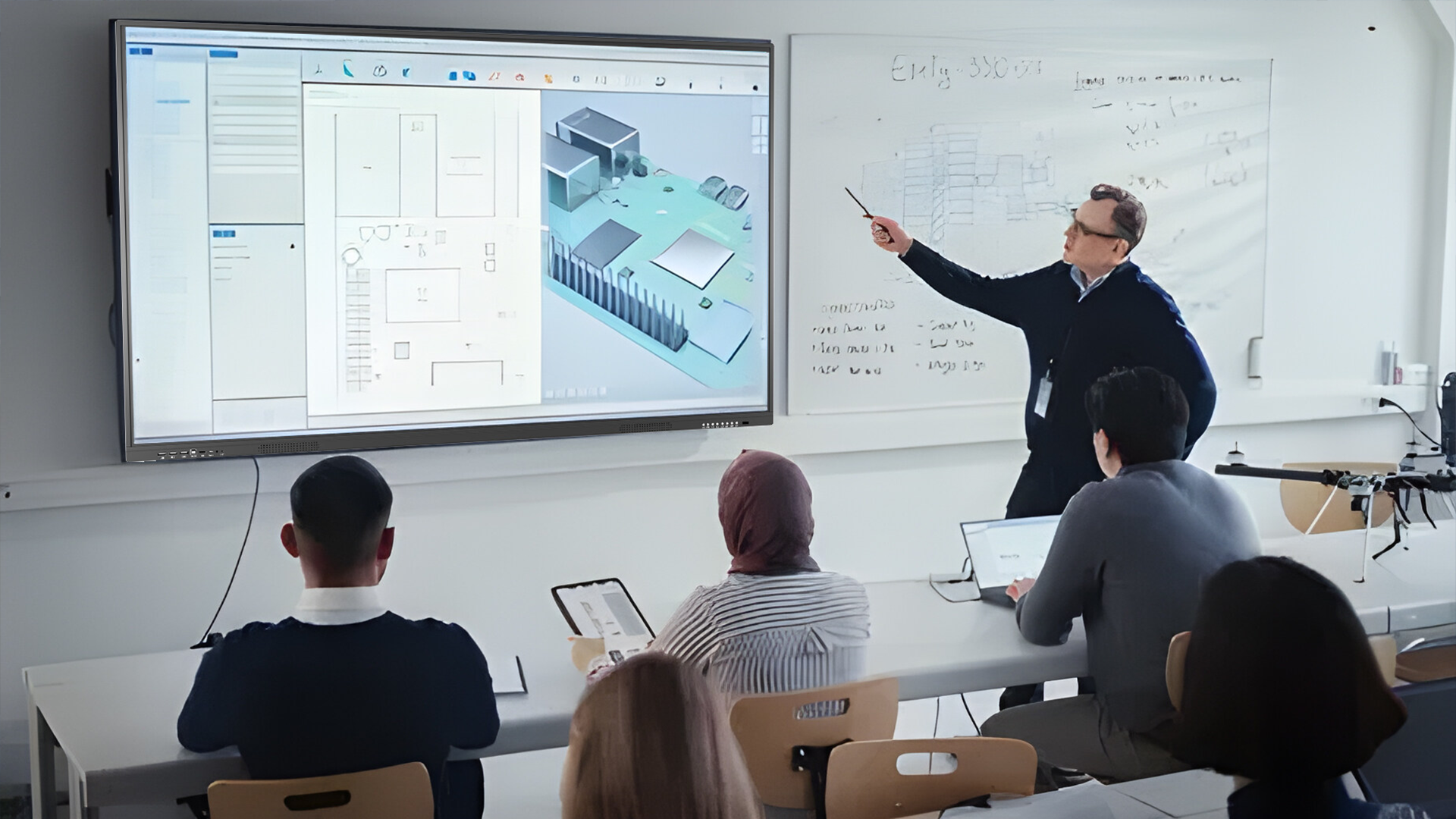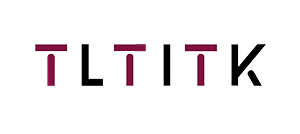Email format error
Email cannot be empty
Email already exists
6-20 characters(letters plus numbers only)
The password is inconsistent
Email format error
Email cannot be empty
Email does not exist
6-20 characters(letters plus numbers only)
The password is inconsistent

News
Here, you can describe a piece of text you want to express

Enhancing Classroom Interactivity: The Role of Interactive Whiteboards and Touchscreen Technology in Education
In recent years, the integration of interactive whiteboards (IWBs) and touchscreen technology into classrooms has revolutionized the way educators teach and students learn. These innovative tools not only improve classroom engagement but also foster a more interactive and immersive learning experience. Here’s how they are transforming education:
1. Boosting Engagement and Participation
Interactive whiteboards offer a dynamic platform that encourages students to actively participate in lessons. With touch-sensitive screens, students can interact with the content directly, whether it’s solving math problems, exploring interactive maps, or participating in group activities. This hands-on engagement keeps students focused and interested in the lesson, as opposed to the traditional passive learning methods.
2. Instant Feedback and Collaboration
One of the key advantages of IWBs and touchscreens is the ability to provide instant feedback. Educators can assess student responses in real-time, adjust lesson plans accordingly, and address misunderstandings immediately. Furthermore, these tools promote collaboration by allowing multiple students to work on a task simultaneously, share ideas, and create group projects—all in a digital format that is easy to save and revisit.
3. Multimedia Learning
The use of interactive whiteboards allows for the seamless integration of multimedia elements such as videos, animations, and interactive simulations. This multimodal approach caters to different learning styles, helping visual, auditory, and kinesthetic learners absorb information more effectively. Whether it’s watching a video on historical events or interacting with a 3D model of the solar system, students gain a richer understanding of complex concepts.
4. Encouraging Creativity and Critical Thinking
Interactive technology encourages creativity by giving students the tools to explore, design, and experiment. They can create presentations, draw mind maps, and brainstorm ideas in a more visual and intuitive way. This not only aids in retention but also stimulates critical thinking as students analyze and manipulate the material themselves.
5. Facilitating Distance Learning
As education adapts to modern needs, IWBs and touchscreen technology support hybrid and distance learning. Teachers can conduct live virtual lessons, share materials, and interact with students regardless of location. This flexibility is especially important in the current educational landscape, where access to in-person classes may be limited.
6. Improving Teacher Efficiency
For educators, IWBs streamline lesson delivery by consolidating resources into one device. Teachers can prepare interactive lessons, integrate various teaching materials, and even monitor student progress, all while saving time and effort. The interactive features also allow teachers to engage students in ways that are difficult with traditional chalkboards or projectors.
Conclusion
Interactive whiteboards and touchscreen technology are reshaping education by creating more engaging, efficient, and collaborative learning environments. These tools empower students to take an active role in their learning while providing teachers with dynamic ways to deliver content and assess progress. As technology continues to evolve, the potential for interactive learning in classrooms is limitless, offering exciting opportunities for educators and students alike.

